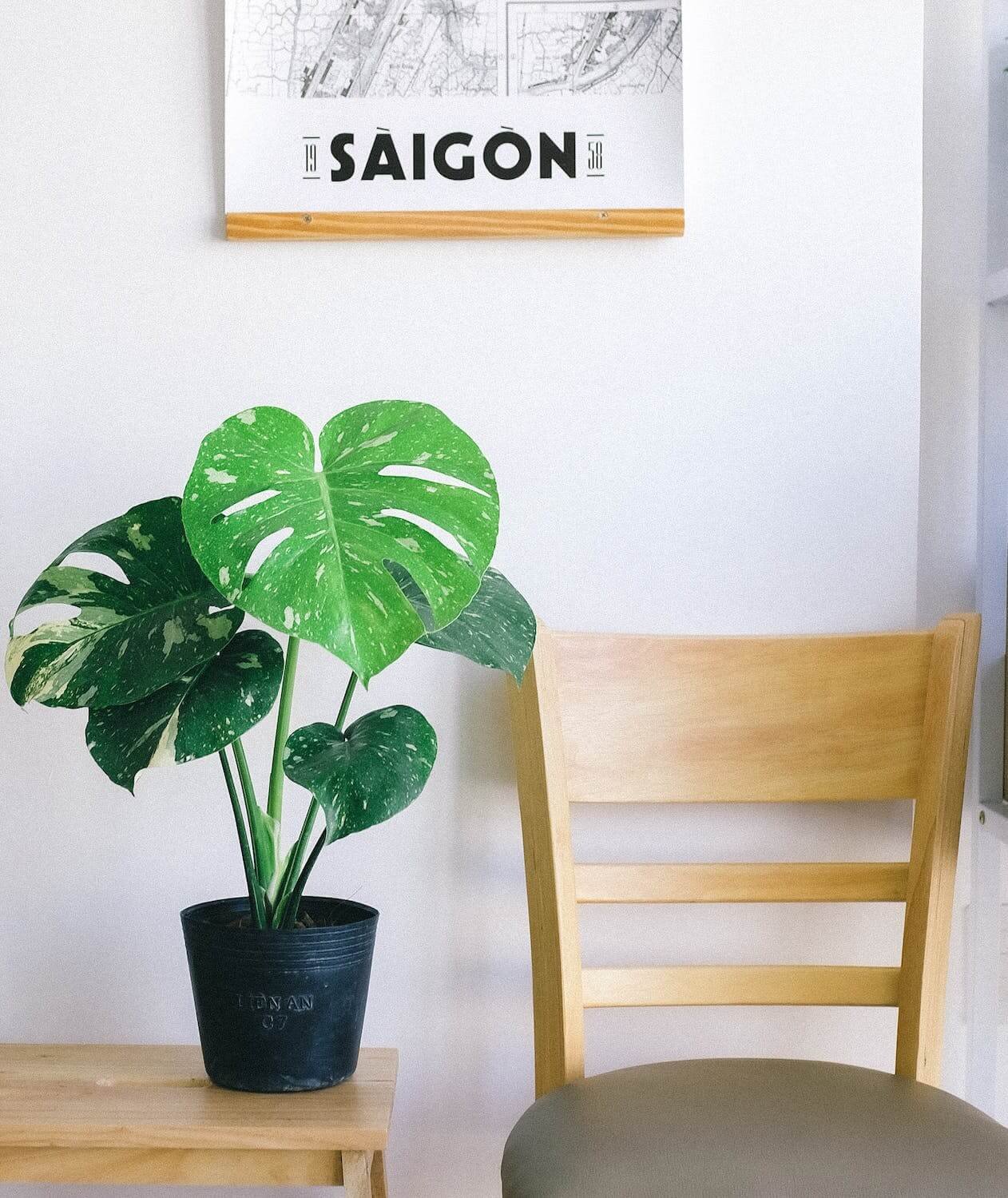Monstera Deliciosa Plant Care Guide
About the Monstera Deliciosa
The monstera deliciosa is also commonly referred to as the Swiss cheese plant or the split-leaf philodendron. This type of houseplant has become very famous because of its large, beautiful leaves. Being native to Central America, the monstera is known to climb trees with their thick stems and aerial roots. monsteras thrive in high humidity and are used to living in dense rainforests. This plant care guide will walk you through all the tips and tricks for growing a monstera deliciosa in your home.
Basic Care Instructions and Requirements
-
Swiss Cheese Plant, Hurricane Plant, Split-Leaf Philodendron, Window Leaf Plant.
-
Monstera Deliciosa
-
Araceae Family, arum
-
Perennial
-
Intermediate
-
10-15 feet tall
-
Bright indirect light
-
Well-draining potting soil
-
5.5-7
-
Zones 10-12 (USDA)
-
Tropical Regions of Central America
-
Toxic to Cats and Dogs
Sunlight
Monstera plants need around 6-8 hours of bright indirect sunlight per day. For optimal success, place your monstera near a south or east-facing window. Rotate the plant every 2 weeks to ensure an even distribution of sunlight around the plant. If your monstera gets exposed to too much light it might have bright crispy leaves.
Humidity
Ideally, you want to keep humidity levels around 60-70%. If you know your environment has drier air, you could consider investing in a humidifier or use a mister to reach optimal levels of humidity.
Temperature
Keep temperatures in between 65-85℉ to promote healthy growth for your monstera. If you are keeping your monstera plant outdoors, gradually bring the plant indoors a few weeks before the first frost.
Watering
Allow the soil to dry out between waterings. To access this, place a finger two inches deep into the soil, if you do not feel any moisture it is time to water. Generally, you should be regularly watering your monstera deliciosa every 1-2 weeks.
Best Soil For Monstera Deliciosa Plants
The best soil for monstera’s is composed of coconut husk, bark, perlite, vermiculite, coconut coir, and organic matter. For optimal growth, keep the soils pH around 5.5-7.
Susceptible Diseases
Monsteras are susceptible to many pests and diseases, some of which include the following:
Frequently Asked Questions
-
According to the ASPCA, the monstera deliciosa is toxic to dogs and cats. Consumption may cause oral irritation, intense burning, tongue swelling, difficulty swallowing and drooling.
If Ingestion occurs contact a medical provider immediately as this is an emergency. Visit the ASPCA website for more information.
-
The best time to repot a monstera plant in spring right before a whole season of growth. Some other signs are roots coming out of the bottom and top. It may be time to re-pot.
-
Leaves on a monstera plant tend to droop when it does not receive enough water. You should always allow the soil to dry out between waterings. But don’t wait longer than 1-2 weeks to water your monstera.
-
Monsteras are from tropical regions of the world. Yes, high humidity will mimic the natural environment of the monstera. It may be time to consider buying a humidifier.



